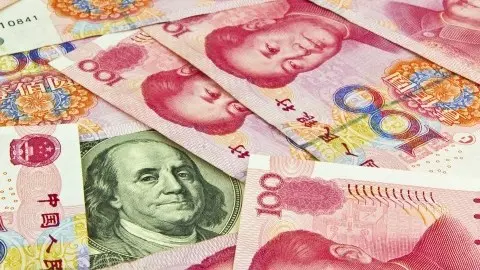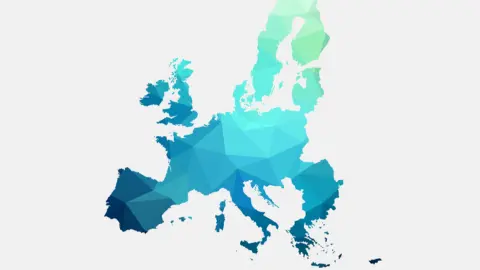Asia week ahead: Will India’s 2Q GDP validate rapid rate cuts?
July industrial production releases crowd next week’s Asian economic calendar, though India’s 2Q GDP and Korea’s central bank policy will steal the focus
India’s GDP growth has bottomed
Pronounced economic weakness was the likely reason behind the Reserve Bank of India’s (RBI) policy rate cut earlier this month, which was the fourth this year and unusually large at 35 basis points. India’s forthcoming GDP figure for the April-June quarter (1Q FY2019-20) should attest to worries about a significant weakening in the economy. GDP growth slipped to a five-year low of 5.8% in the Jan-Mar quarter. Since then, however, the high-frequency activity data has been a mixed bag.
While the accelerated weakness of exports and vehicle sales signal slower GDP growth, nearly stable imports and faster industrial production growth suggest the opposite. Despite a recent slump, exports are still doing well, with a rise of about 2% year-on-year in the first seven months of 2019, in contrast with sharp declines elsewhere in Asia. Providing a further positive spin to the growth story is an election-related surge in government spending as well as a total 75 basis points of rate cuts through June – by far the heaviest easing among Asian central banks this year, and supporting domestic demand.
All this leads us to the view that GDP growth improved in the reporting period, albeit slightly, to our 6.0% estimate. If it goes the other way, the key question would be what all that aggressive stimulus was for?
Bank of Korea waiting for Fed to go first
South Korea’s central bank (BoK) holds a monetary policy meeting. To be unveiled on Friday 30 August, the policy decision will most likely be no change to the 1.50% policy rate after a 25bp cut at the previous meeting on 18 July. This means all attention will be on Governor Lee Ju-yeol's post-meeting press conference for hints about the timing of the next cut.
The Korean won depreciation this month, following the Chinese yuan, will likely keep the BoK from risking more currency weakness with another rate cut right now. We also believe the BoK would prefer to wait for the US Federal Reserve's next rate cut in September. However, unlike the Fed, which is in insurance easing mode, the BoK's easing is genuinely needed, as will be underscored by some key economic data next week on consumer and business confidence and industrial production. Indeed, we don’t think the BoK is done with easing just yet. There will be at least one more 25bp cut before the yearend.
And lots of manufacturing releases
July industrial production releases from Japan, Korea (already mentioned), Singapore, and Thailand will be early indications of third-quarter GDP growth in these countries. There is little room for optimism here with an escalation of the US trade tensions with China and the rest of the world, and now that of Japan with Korea, working to depress exports and manufacturing alike.
Meanwhile, a sharp slowdown in China’s industrial production growth in July bodes ill for profit growth in that month.
Asia Economic Calendar

This publication has been prepared by ING solely for information purposes irrespective of a particular user's means, financial situation or investment objectives. The information does not constitute investment recommendation, and nor is it investment, legal or tax advice or an offer or solicitation to purchase or sell any financial instrument. Read more
Download
Download article
22 August 2019
What’s happening in Australia and around the world? This bundle contains 11 Articles
